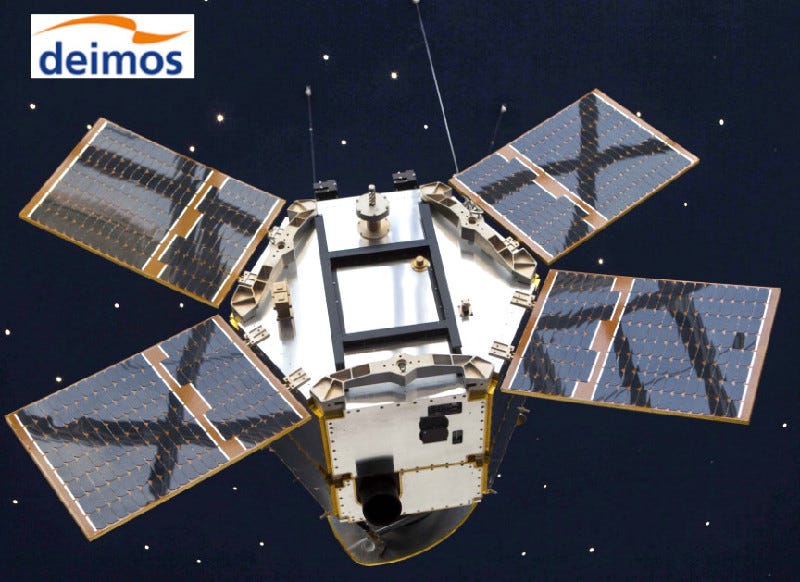Fourth Open Cosmos Satellite for 2023 Launched
Will Demonstrate Technologies For Telecommunications And EO Constellations
A fourth Earth Observation satellite of the year, ALISIO-1, was launched recently by SpaceX for Open Cosmos. After a successful launch from Vandenberg Space Force Base in California, ALISIO-1 has been deployed from the D-Orbit ION vehicle and is now in its final orbit. First contact from the ground was established shortly after deployment. This space mi…
Keep reading with a 7-day free trial
Subscribe to The Journal of Space Commerce to keep reading this post and get 7 days of free access to the full post archives.



